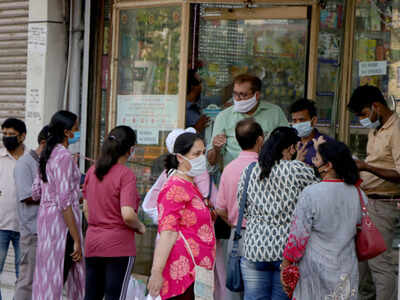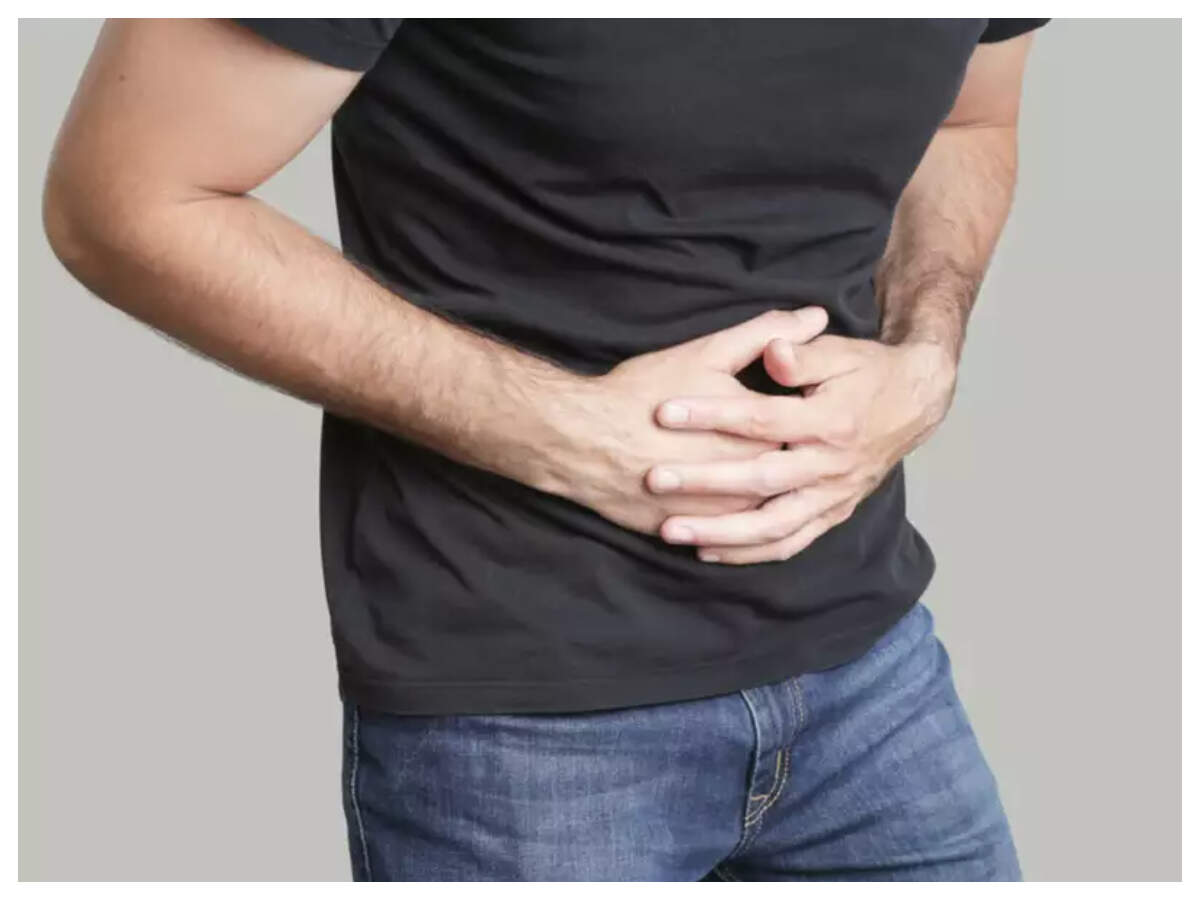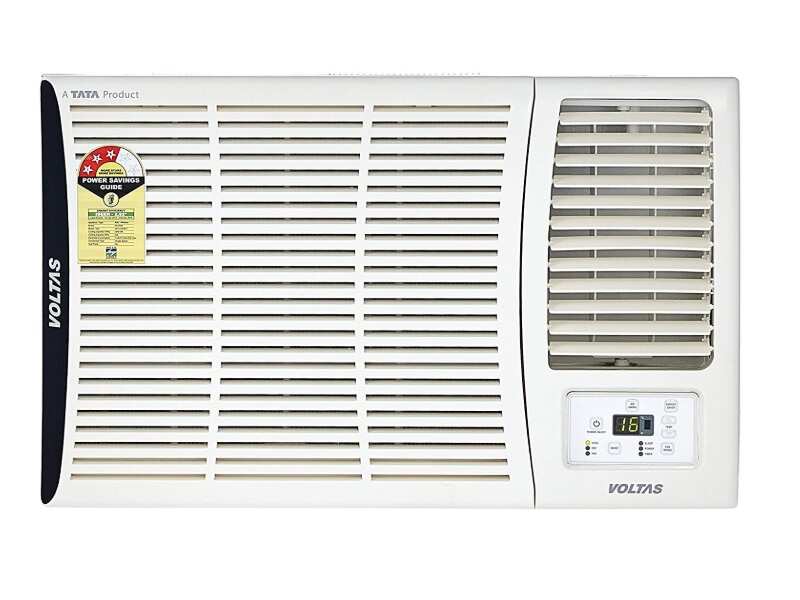
LUCKNOW: A day after Indian Council of Medical Research (ICMR) survey revealed that Covid-19 risk is higher in urban areas particularly urban slums, theUttar Pradesh government launched a risk assessment survey in urban areas of all the 75 districts.
Releasing findings of the ‘Sero-surveillance to monitor the trend of SARS-CoV-2 infection transmission’ survey, officials from ICMR revealed that “the risk in urban and urban slums is 1.09 and 1.89 times higher than the risk in rural areas.” Nine UP districts were part of the said survey.
“To see if Covid-19 is spreading to areas other than containment zones, the health department has launched a mega exercise of testing people living in slums and other vulnerable places like old age homes and shelter homes for women and children,” said principal secretary, health and family welfare, AmitMohan Prasad.
Health officials claimed that this is the second exercise to assess Covid-situation in non-containment areas. In the first one, people in villages with high number of quarantined migrants were tested to screen possible Covid-cases as well as to assess if the quarantine was being followed effectively and also to find out if the follow up strategy by deputing 'nigrani samitis' was in place.
“General public in 72 villages across 18 districts where the number of migrants has been quite high were tested for Covid-19. The selected villages had 50 migrants living for at least 15 days. As all the 1,700 odd samples taken in these villages tested negative it suggest that the risk in villages was under control. It also speaks for the fact that surveillance is on the right track so far,” Prasad said.
Officials in the districts have been asked to coordinate with social welfare departments for the work.
According to the plan, random samples have been collected to create pools of up to 10 swabs each. The pools will be exposed to RT PCR tests in designated labs. The districts have been placed in three groups – high burden, low burden and those with moderate prevalence.
While 100 samples each have been collected from 16 high burden districts (total 1600), 50 samples each are to be collected from mid-level burden 40 districts (total 2000) and 20 samples each in the remaining 19 districts. “The outcome of the exercise is expected next week,” said Dr Vikasendu Agarwal, state surveillance officer, Uttar Pradesh.
Releasing findings of the ‘Sero-surveillance to monitor the trend of SARS-CoV-2 infection transmission’ survey, officials from ICMR revealed that “the risk in urban and urban slums is 1.09 and 1.89 times higher than the risk in rural areas.” Nine UP districts were part of the said survey.
“To see if Covid-19 is spreading to areas other than containment zones, the health department has launched a mega exercise of testing people living in slums and other vulnerable places like old age homes and shelter homes for women and children,” said principal secretary, health and family welfare, AmitMohan Prasad.
Health officials claimed that this is the second exercise to assess Covid-situation in non-containment areas. In the first one, people in villages with high number of quarantined migrants were tested to screen possible Covid-cases as well as to assess if the quarantine was being followed effectively and also to find out if the follow up strategy by deputing 'nigrani samitis' was in place.
“General public in 72 villages across 18 districts where the number of migrants has been quite high were tested for Covid-19. The selected villages had 50 migrants living for at least 15 days. As all the 1,700 odd samples taken in these villages tested negative it suggest that the risk in villages was under control. It also speaks for the fact that surveillance is on the right track so far,” Prasad said.
Officials in the districts have been asked to coordinate with social welfare departments for the work.
According to the plan, random samples have been collected to create pools of up to 10 swabs each. The pools will be exposed to RT PCR tests in designated labs. The districts have been placed in three groups – high burden, low burden and those with moderate prevalence.
While 100 samples each have been collected from 16 high burden districts (total 1600), 50 samples each are to be collected from mid-level burden 40 districts (total 2000) and 20 samples each in the remaining 19 districts. “The outcome of the exercise is expected next week,” said Dr Vikasendu Agarwal, state surveillance officer, Uttar Pradesh.

Coronavirus outbreak
Trending Topics
LATEST VIDEOS
More from TOI
Navbharat Times
Featured Today in Travel
Quick Links
Kerala Coronavirus Helpline NumberHaryana Coronavirus Helpline NumberUP Coronavirus Helpline NumberBareilly NewsBhopal NewsCoronavirus in DelhiCoronavirus in HyderabadCoronavirus in IndiaCoronavirus symptomsCoronavirusRajasthan Coronavirus Helpline NumberAditya ThackerayShiv SenaFire in MumbaiAP Coronavirus Helpline NumberArvind KejriwalJammu Kashmir Coronavirus Helpline NumberSrinagar encounter
Get the app








